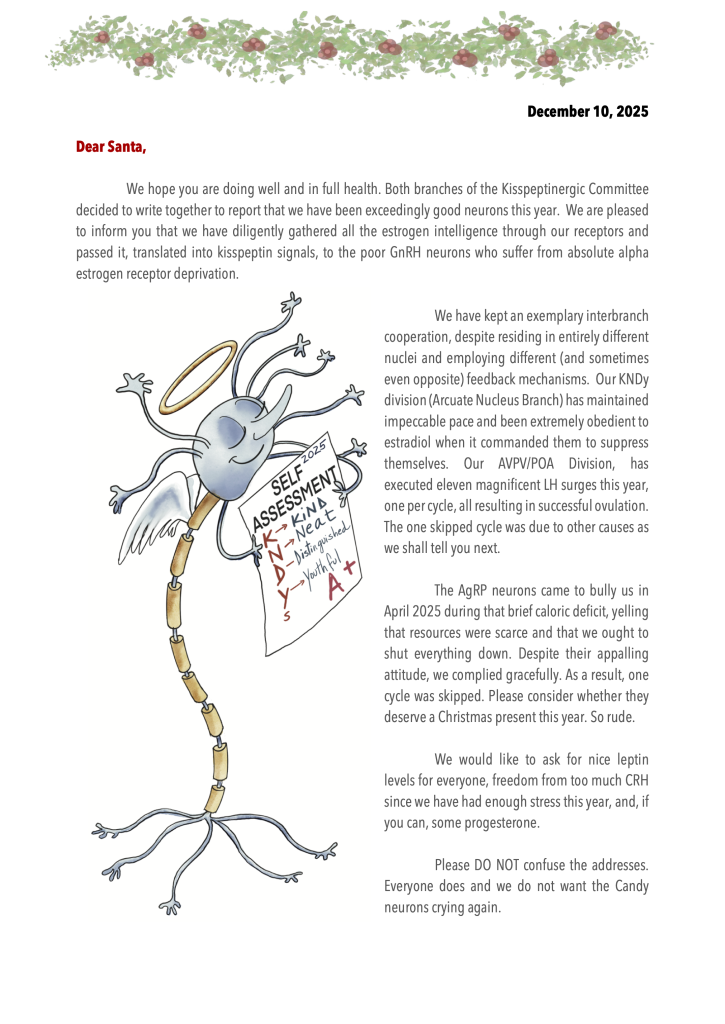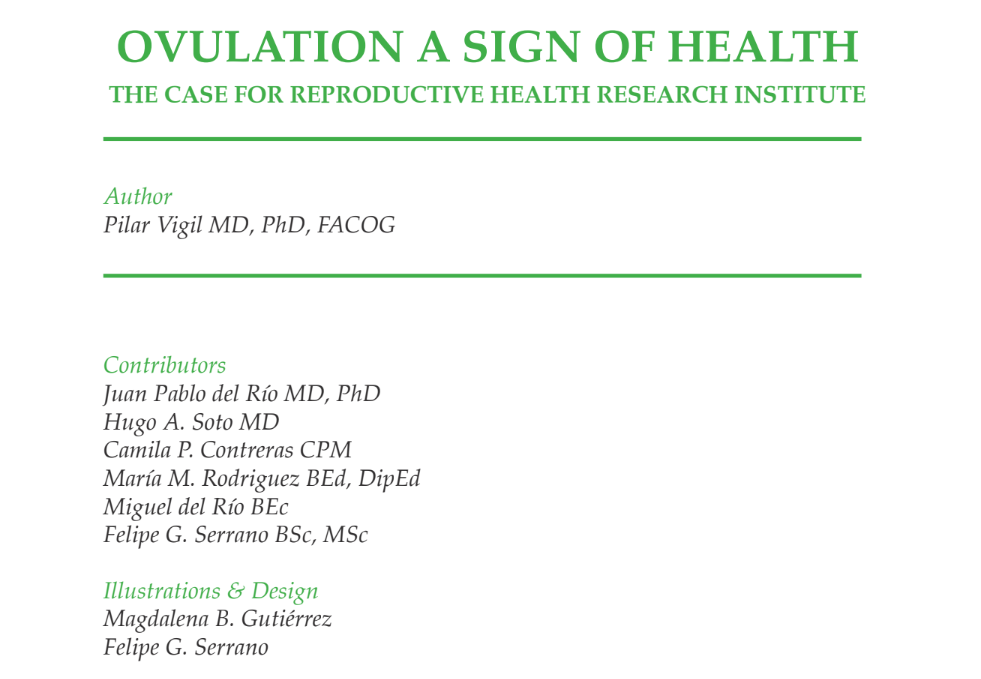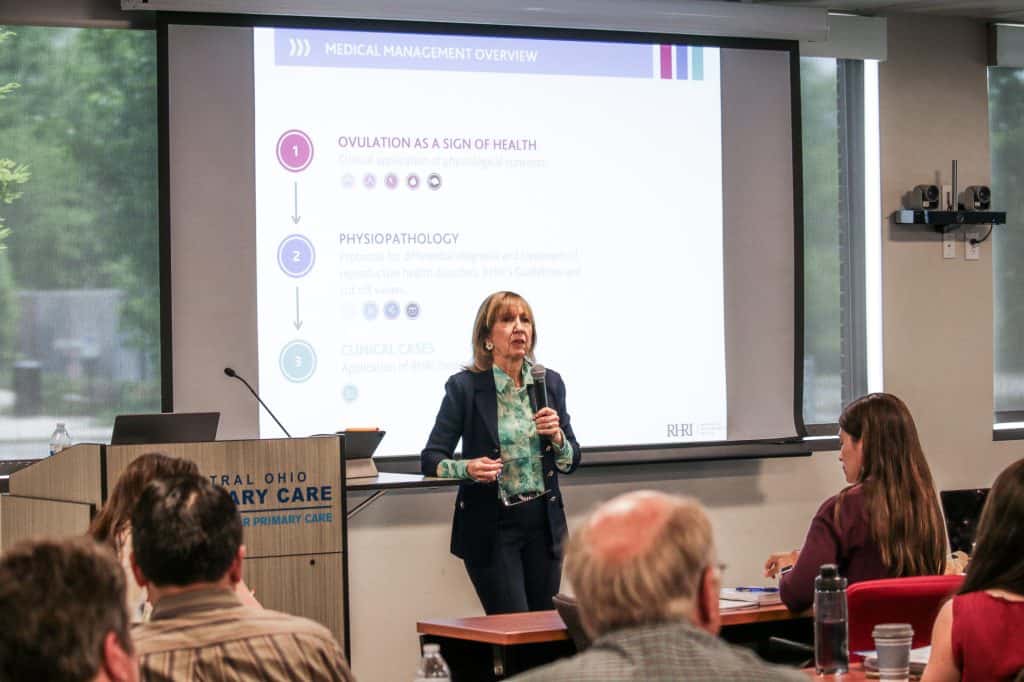By: Marshell M., Corkill M., Whitty M., Thomas A. & Turner J.
Abstract
Introduction: Women wishing to conceive are largely unaware of fertility symptoms at the time of ovulation. This study investigated the effectiveness of fertility-awareness in achieving pregnancy, particularly fertile mucus patterns, in the context of infertility. The 384 eligible participants were taken from consecutive women desiring pregnancy who attended 17 Australian Billings Ovulation Method VR clinics from 1999–2003. This cohort included couples with infertility in 12 months (51%) and female age >35 years (28%). Under fertility-awareness instruction, pregnancy was achieved by 240 couples (62.5%) after maximum follow-up of two years. Mucus symptom observations effectively stratified ‘low pregnancy-potential’ (35.2%) and ‘high pregnancy-potential’ groups. Pregnancy rates were 30% higher in the latter group (44.4% versus 72.3%) in addition to consistent effects observed on pregnancy achievements within subgroups defined by prognostic factors such as duration of infertility (p ¼ 0.001) and increasing female age (p ¼ 0.04). Fertile symptoms were also associated with significantly shorter time to conception (4.2 versus 6.4 months) in a survival analysis (p ¼ 0.003). Billings Ovulation Method VR observations strongly predicted successful conception. This has the capacity to provide a rapid, reliable and cost-effective approach to stratifying fertility potential, including directing timely and targeted investigations/management, and is accessible for women who may be remote from primary or specialist care.







